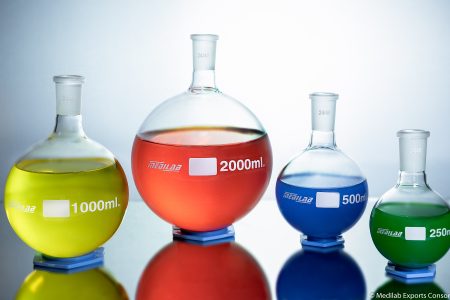Recently I had the pleasure of going to the wedding celebration of my assistant at work – whom I count as a good friend – and her new husband.
Theirs is an international marriage: the bride was born and raised in this country, the groom born and raised in China. The wedding celebration had elements of traditions from both the U.S. and China: the bride wore red, as is the custom in China, and the marriage was celebrated with a ring, as is the custom here.
Engagement and wedding rings interest geologists from a technical point of view. Long ago, I did geologic research related to gold mining. My Ph.D. thesis was on gold-bearing hot springs in California and the associated gold-mercury ore in the ground. Gold has been a precious metal since time immemorial. Its warm color and the fact it does not tarnish made it a favorite for jewelry long ago. So even though the hot springs stank of sulfur, they smelled like gold to me.
The wedding I went to featured a traditional gold ring with a diamond solitaire. Apparently, it bucks the trend of what is in fashion these days – when many engagement and wedding rings are made of “white gold.” What, you may ask, is “white gold” when gold – the metal itself – is known for its warm yellow color?
The answer depends, in part, on understanding that gold in jewelry is an alloy, a mixture of gold and other metals that have various properties. In the jewelry biz, the purest gold is called 24 karat. It is 99.7 percent gold. Eighteen karat gold is 75 percent gold. Fourteen karat gold is about 58 percent gold.
Why not use pure gold in jewelry since the color and value of the metal are so high? Twenty-four karat gold is too soft to be used in jewelry that gets worn every day. Other metals added to the gold make it more durable. When metals are mixed, they create alloys. A wide variety of alloys are available in jewelry. Here are the ingredients of just two types of gold alloys you may see in stores:
“Red gold” can be a mixture of gold and copper. “Green gold” can be an alloy of gold and copper, possibly with some silver, and a little bit of cadmium.
It makes sense that higher karat gold tends to be more golden in color – it is the addition of other metals that makes a variety of other colors possible.
To get back to the white gold that is in fashion for wedding rings these days: it can be a mixture of gold and palladium, nickel, manganese, copper, silver or zinc.
The color of white gold doesn’t come from the alloys in the ring itself. Rather, white gold jewelry has a coating of a metal called rhodium. It is the rhodium that makes white gold rings white in color.
Personally, I am glad my friends went with a traditional golden band. It is, to my old mind, “as good as gold” – as I hope their international relationship will be for the decades to come.






